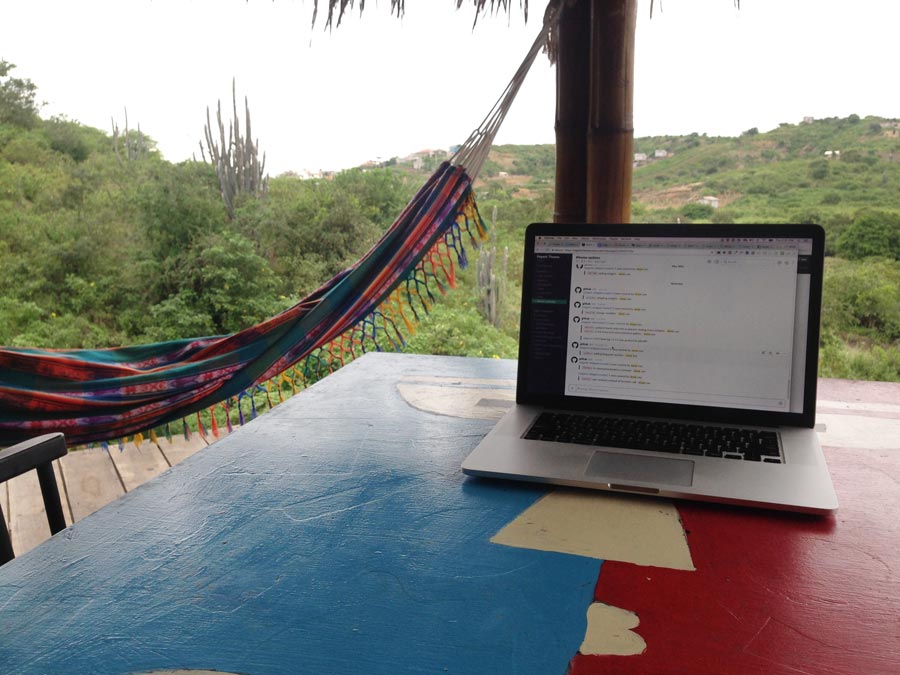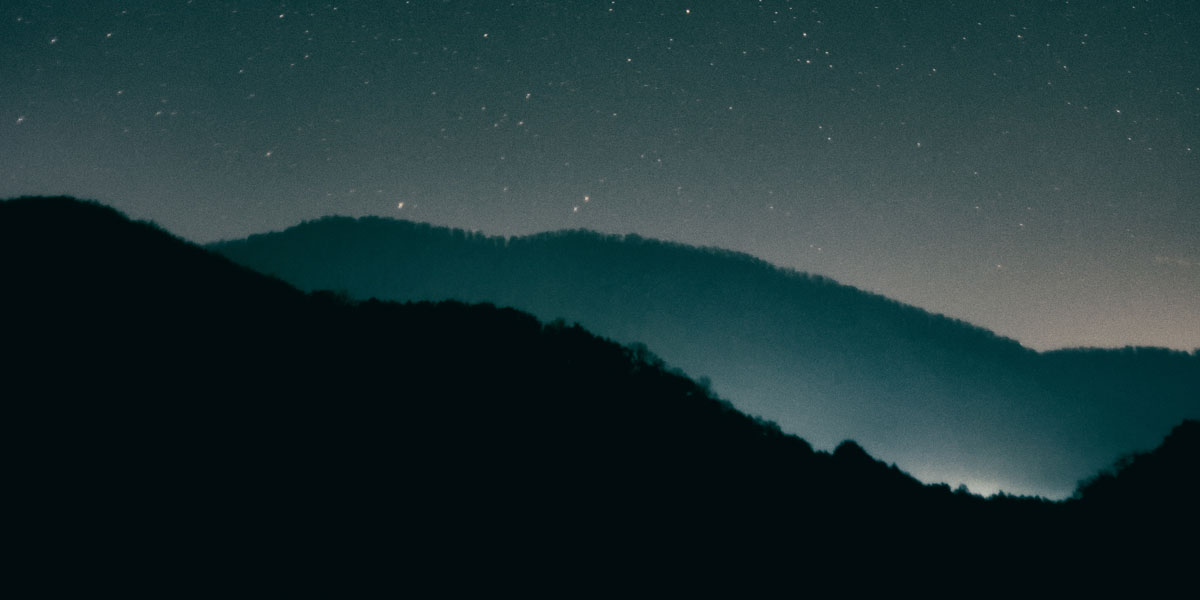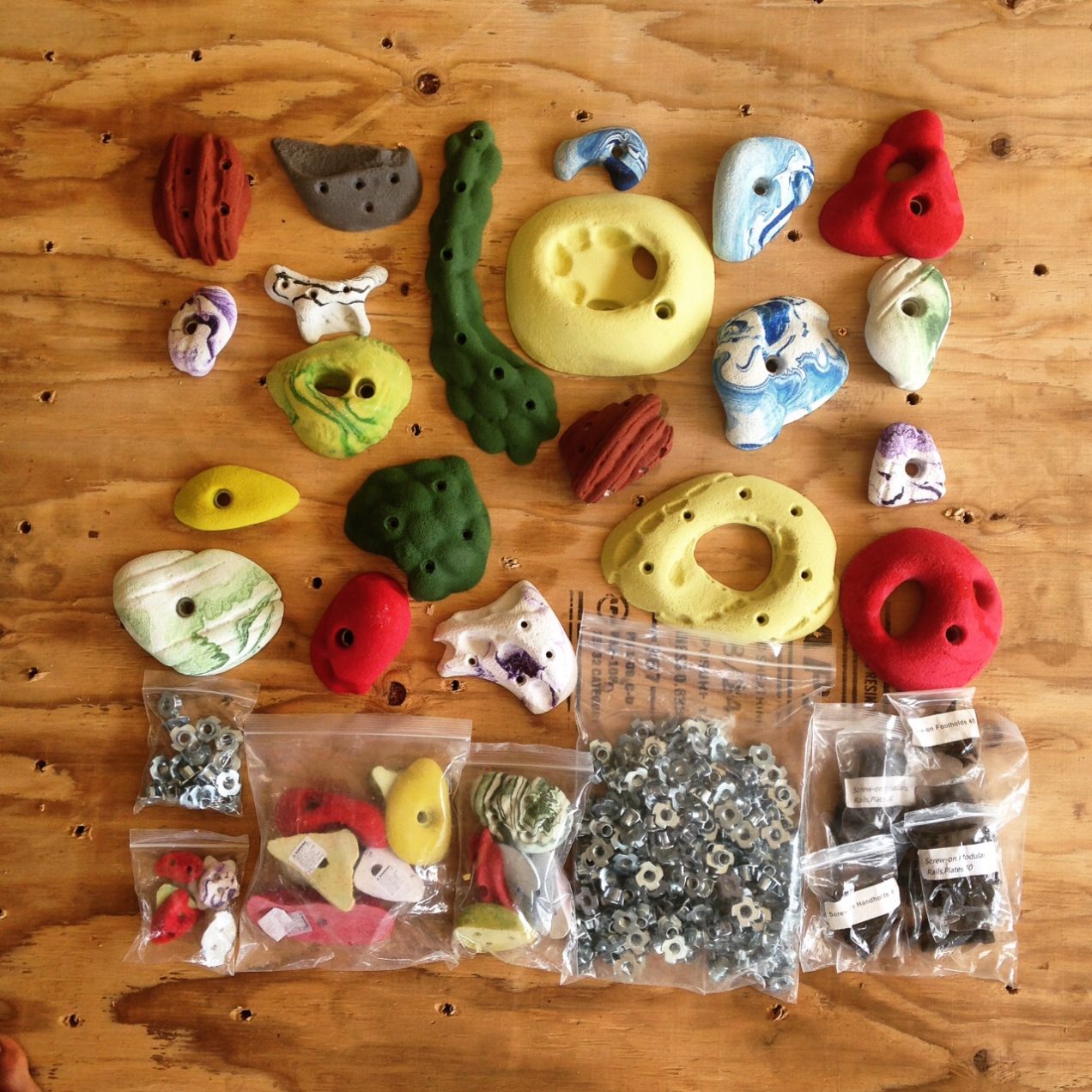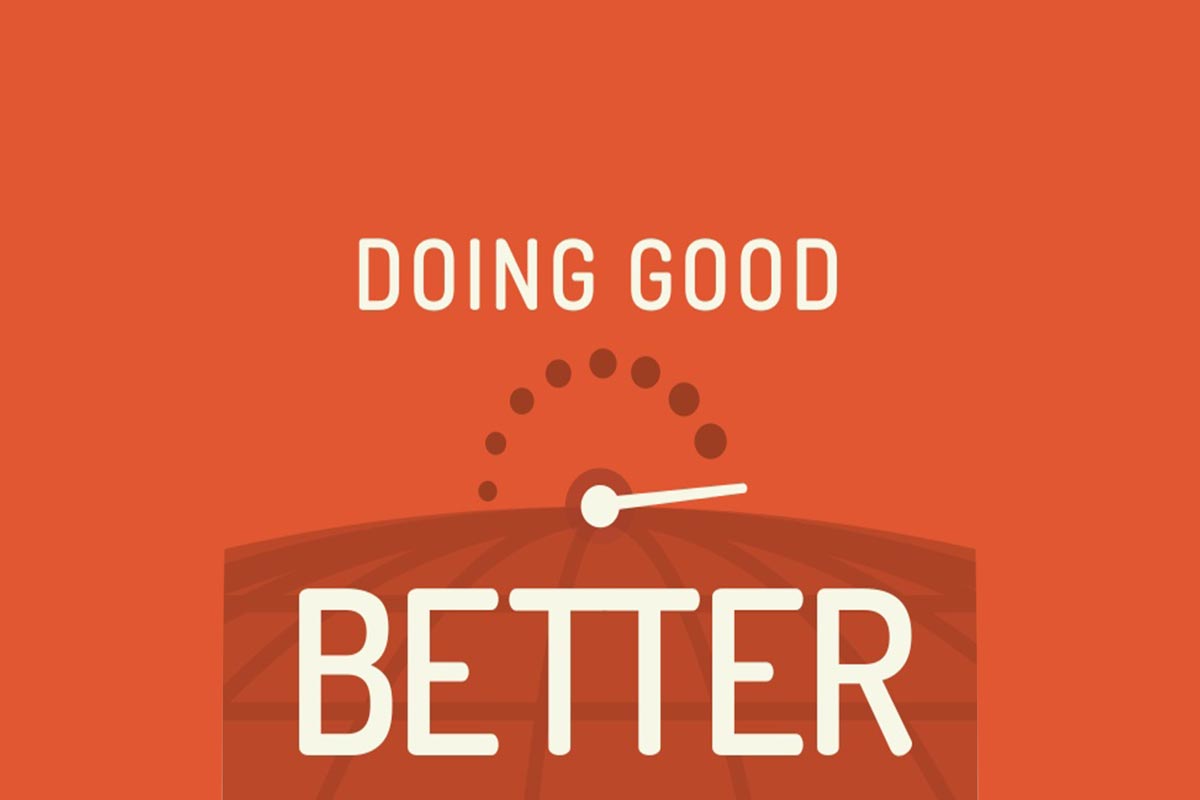Weekday
I am now, for the first time, in a place where almost nobody speaks English. I’m alone in Ecuador, trying to figure out what the hell is going on and where to get food and clean water.
Monday through Friday I wake up at 6:30 am start my 5 mile walk along the deserted beach to Montañita where I take Spanish classes. The town of Manglaralto has a rocky point that sticks out from the coast, so when the tide is high the beach is gone. Those days I climb the rocky steps and pass through the small town to get to back to the beach to the other side. When the tide is low I walk the whole way on the beach, nodding occasionally to a pickup truck full of fishermen speeding along the hardened beach sand.
As I near Montañita I walk through the wreckage of an old concrete pier. Giant chunks of concrete and metal have been abandoned to the ocean. At low tide, I’m careful to note the location of the erosion-sharpened pieces of rebar that stick up from the sand. At high tide they will lurk just below the surface of the water, ready to stab unsuspecting beachgoers.
It feels good to be in school again, to interact with people. I’ve been working remotely or for very small companies for a few years, and while I met some great people doing so, I’ve realized I miss the camaraderie of working with a team in-person. Being an introvert, I’ve come to realize I need to build that interaction into my life.
In Spanish class we talk about our lives and ask each other questions. I really enjoy it. I think I could live abroad, teach English, learn Spanish and write, surf, meet people, make art. I’m starting to feel that pull. That longing for creativity. I need to move, make art, written, visual, whatever. I simply can’t tolerate working at home for 40-60 hours a week on the computer. It’s destroying my body and making me lonely.
On our coffee break I sip weak coffee on the roof. I see designs in the cracks at the bottom of the coffee cup, and think about the colors and shapes I’d put on a canvas and that short story I never finished.
During our lunch break I grab my surfboard and run down to the beach. At mid-tide the surf is decent. My board was shaped by a local, it’s a 6′ fish with balsa edges and it’s pretty much perfect for me. I lucked out. After about an hour I’ll paddle back in and eat a big bowl of ceviche at the yellow carts lining the streets and beaches of Montañita before running back up the hill to catch my second class session.
As soon as school’s done, I make the trek back down the beach, board under my arm and walk back to the house on the hill in Riochico so I can throw some food on the stove and start my work day (or work night). I write code and listen to podcasts until I can’t stay awake any longer and then I crawl into bed pass out.
Saturday
I had big plans to surf today, the swell is picking up a bit and the tides are perfect for a good morning session. But I’m violently ill and delirious. I can’t eat more than a bite of bread every few hours and I’m almost out of drinkable water. Anita and Joaquin are gone for the weekend and my phone stopped working a week ago. I’ll have to make my 12 ounces of clean water last til tomorrow, hopefully by then the nausea will have let up enough for me to make the walk down the muddy mountainside to the mini-mart so I can buy a bag of clean water.
I’m laying on the bed outside, watching a documentary on The Grateful Dead. I’ve never been particularly moved by them, but right now the music and imagery in the documentary strikes me and I’m realizing I need to create and it can be weird and not perfect. I just need to try and commit to trying until I drop dead because we get one chance and I’ve tried to play the game and do things the smart way, the safe way, and it doesn’t feel right. It’s time to accept that my life is mine and I am the way I am. The wheels in my head are in motion, I need to make a change.









